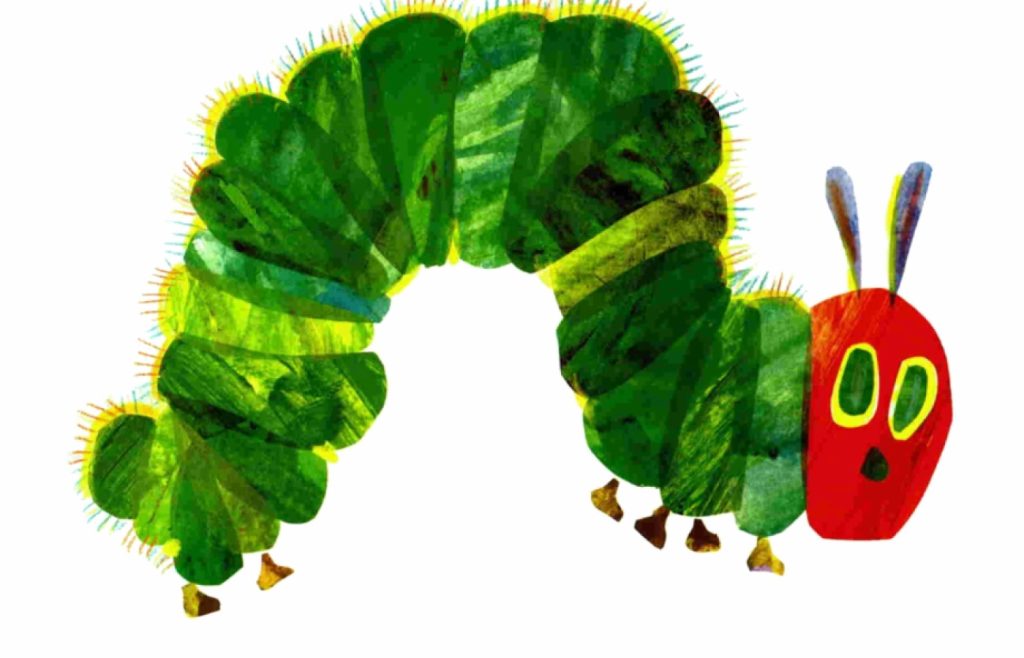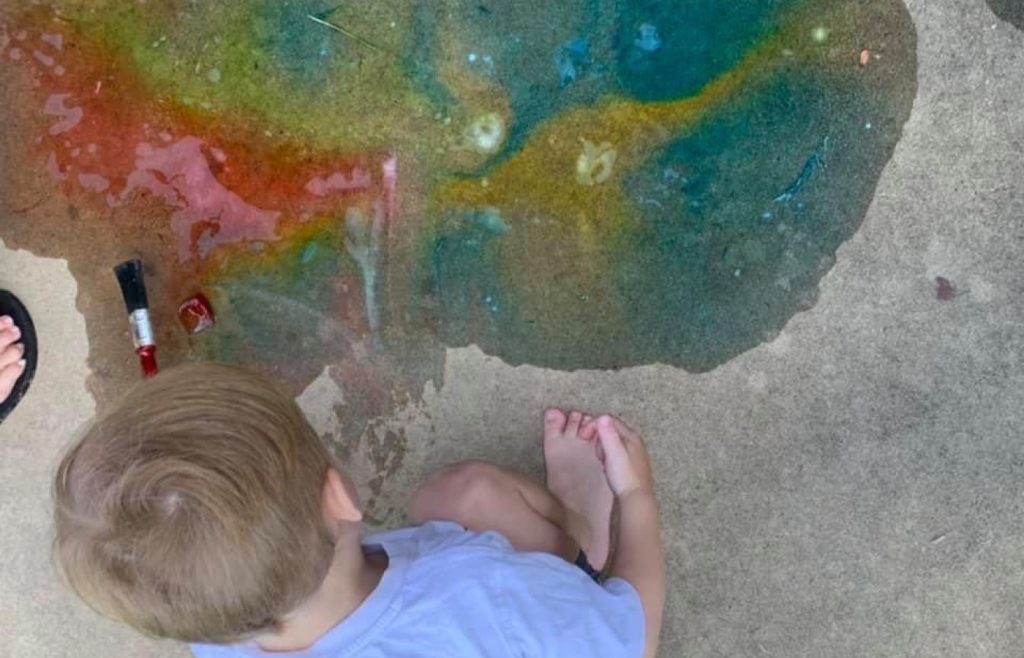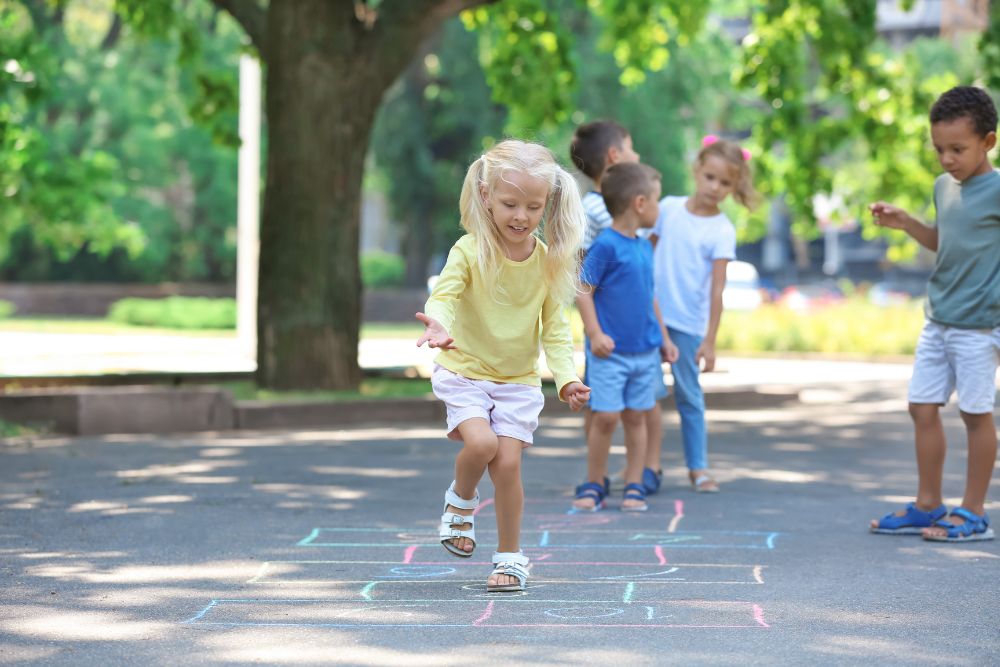Materials Required
- Wooden spoons or anything to use as a stick for the puppet (e.g. sticks, skewers, utensils)
- Textas
- Paints and paint brushes
- Water to wash brushes if painting
Preparation
Collect materials – Have textas and/or paint ready – Decide on characters you want to create/or story you wish to tell
Method (or Ideas)
- Source some wooden spoons or just use things you have in the home (utensils, sticks).
- Decide if you want a traditional story or create a new one.
- Paint/draw characters on spoons with your child or if using paper then attach to a stick or utensil.
- Leave spoons to dry.
- Re-create favourite stories or create new stories with your child and other family members.
Facilitation Tips – What To Say
- Encourage descriptive words or provide these as adult tells the story
- Provoking questions―What happens next? Why did that happen? How did that happen?
- Encourage your child to tell the story
Extend the Experience
- Create felt puppets/sock puppets/paper and pop-stick puppets
- Sing songs with your puppets
WHO Guidelines for Physical Activity & Sedentary Behaviour
This can be a physical activity by having children stand at the table to draw/paint and then encourage whole body movements when re-creating the stories using the puppets when dry.
Early Years Learning Framework
Outcomes
- Children develop their emerging autonomy, inter-dependence, resilience and sense of agency
- Children develop dispositions for learning such as curiosity, cooperation, confidence, creativity, commitment, enthusiasm, persistence, imagination and reflexivity
- Children interact verbally and non-verbally with others for a range of purposes.
Principle
Principle 1: Secure, respectful and reciprocal relationships. Through a widening network of secure relationships, children develop confidence and feel respected and valued.
Practice
Practice: Learning through play. Play can expand children’s thinking and enhance their desire to know and to learn. In these ways play can promote positive dispositions towards learning. Children’s immersion in their play illustrates how play enables them to simply enjoy being.














